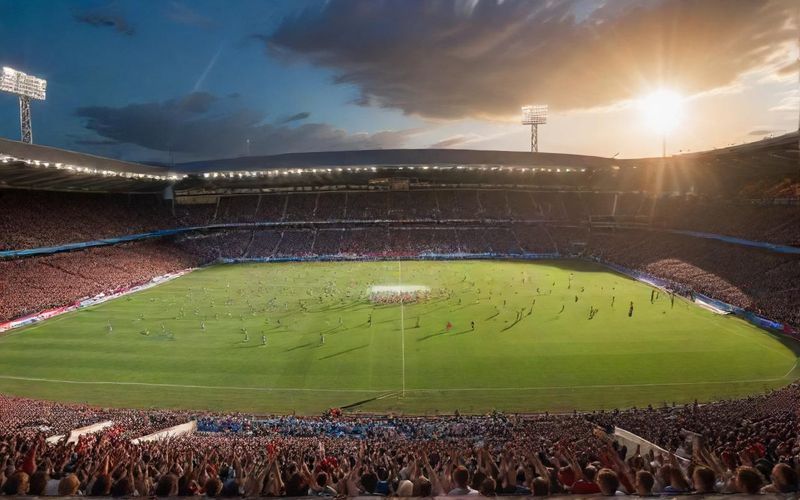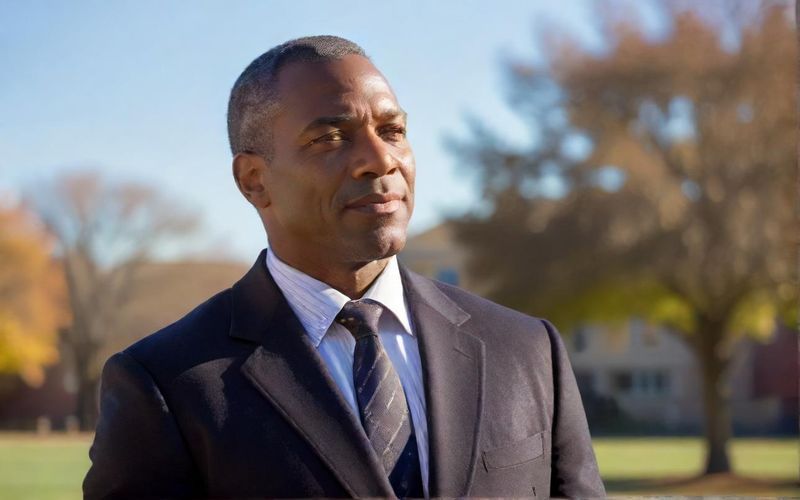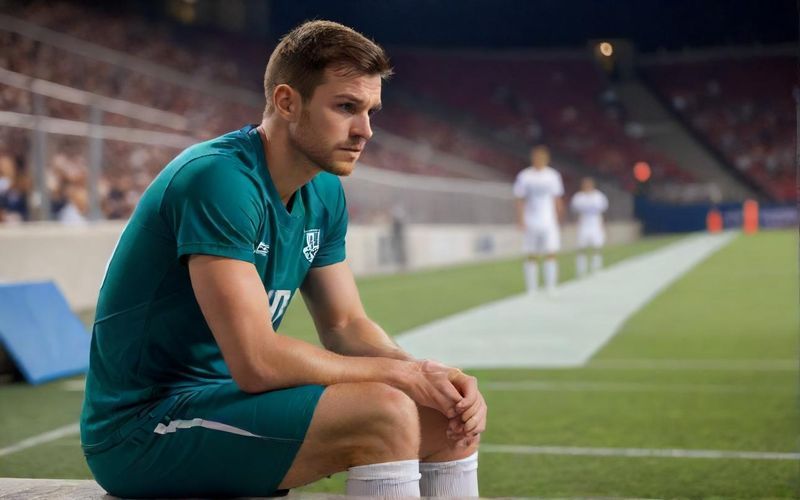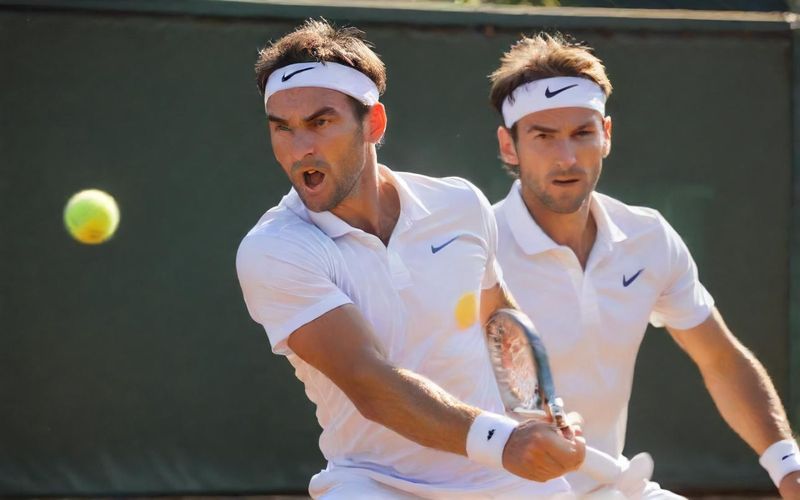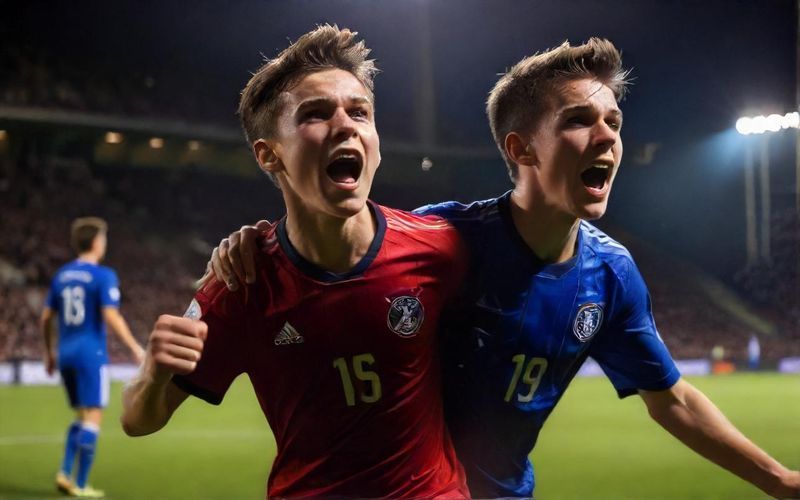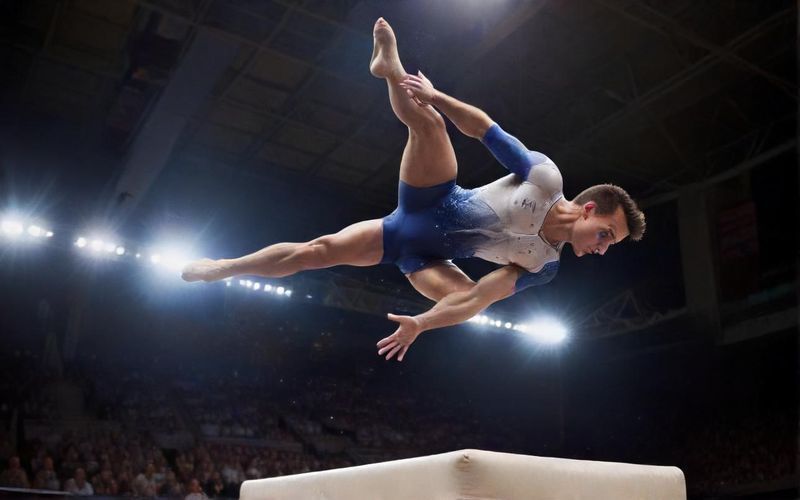Bishop's Stortford Pitch Plan Sparks Debate
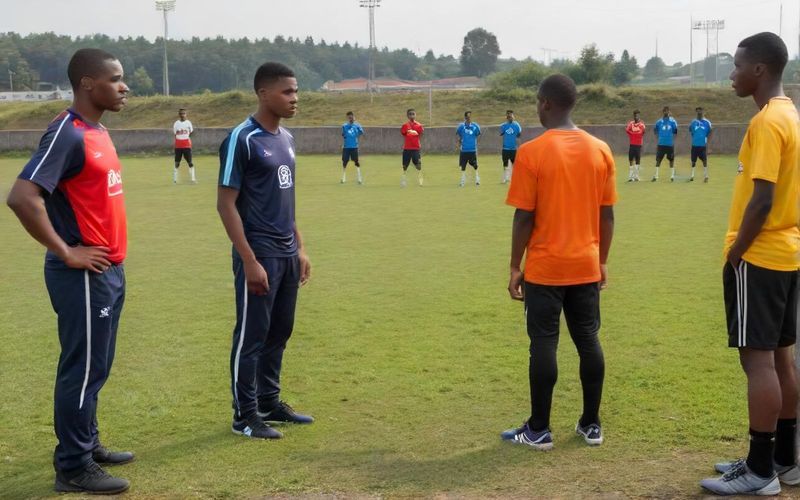
From what I’ve gathered, the council’s planning and development committee members are worried about the potential for microplastic pollution and the environmental impact of manufacturing and transporting artificial turf. They’ve pointed out that natural grass supports ecosystems by absorbing carbon dioxide and fostering biodiversity, and that artificial surfaces can become uncomfortably hot in direct sunlight. These are valid points, and it’s good to see the council considering the broader environmental picture.
However, the club's reasoning is equally compelling. As reported, Bishop’s Stortford Football Club aims to alleviate a significant shortage of playing pitches in the area. This isn't just about the senior team; it's about supporting the much larger Bishop’s Stortford Community Football Club, which is described as one of the country's biggest youth football setups with 85 teams. The sheer scale of youth football in Bishop’s Stortford is impressive, with other local clubs like Thorley Manor and Bishop’s Stortford Swifts also experiencing growth.
The reality on the ground for these young players is tough. The community club, which has seen its team numbers swell dramatically over the years, struggles with pitch availability, condition, and rising costs. Some locations have even withdrawn discounted rates, forcing under-14s to pay the same as adults. The concentration of youth matches on weekend mornings creates intense demand, making it difficult to secure adequate playing time. A 3G pitch, according to the club’s supporting statement, would offer a clean, safe, and attractive facility, encouraging more people of all ages to get involved in sport and acting as a genuine asset for the entire community. It’s a tough balancing act, isn't it? How do we foster athletic development and community spirit without compromising environmental well-being? It makes you wonder about the future of sports facilities in towns like Bishop's Stortford.

